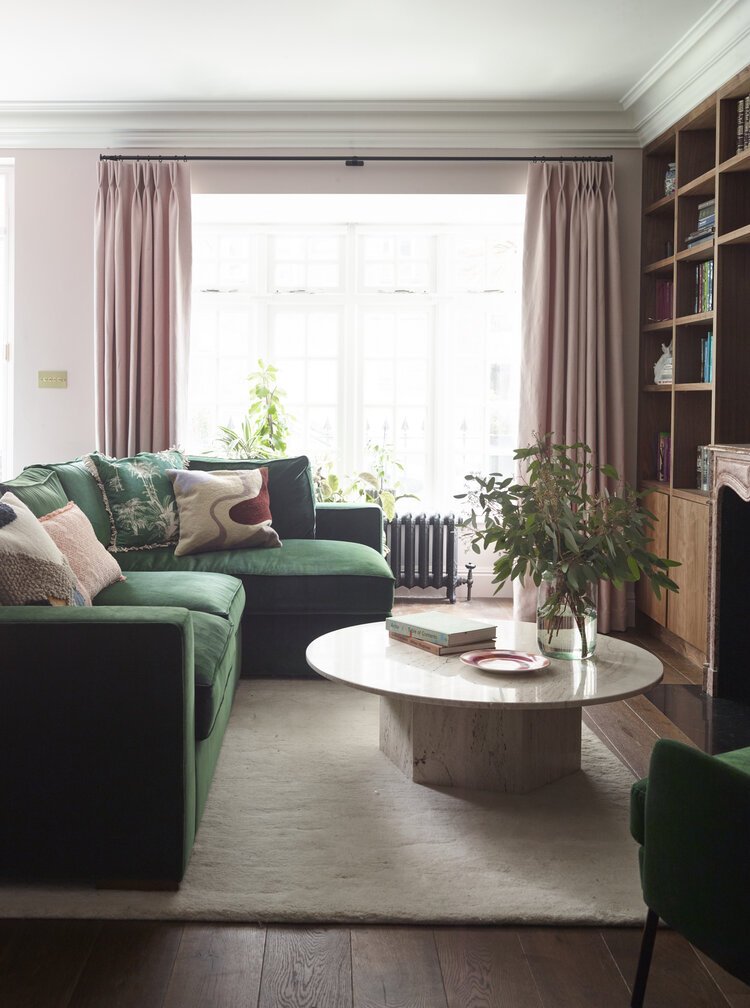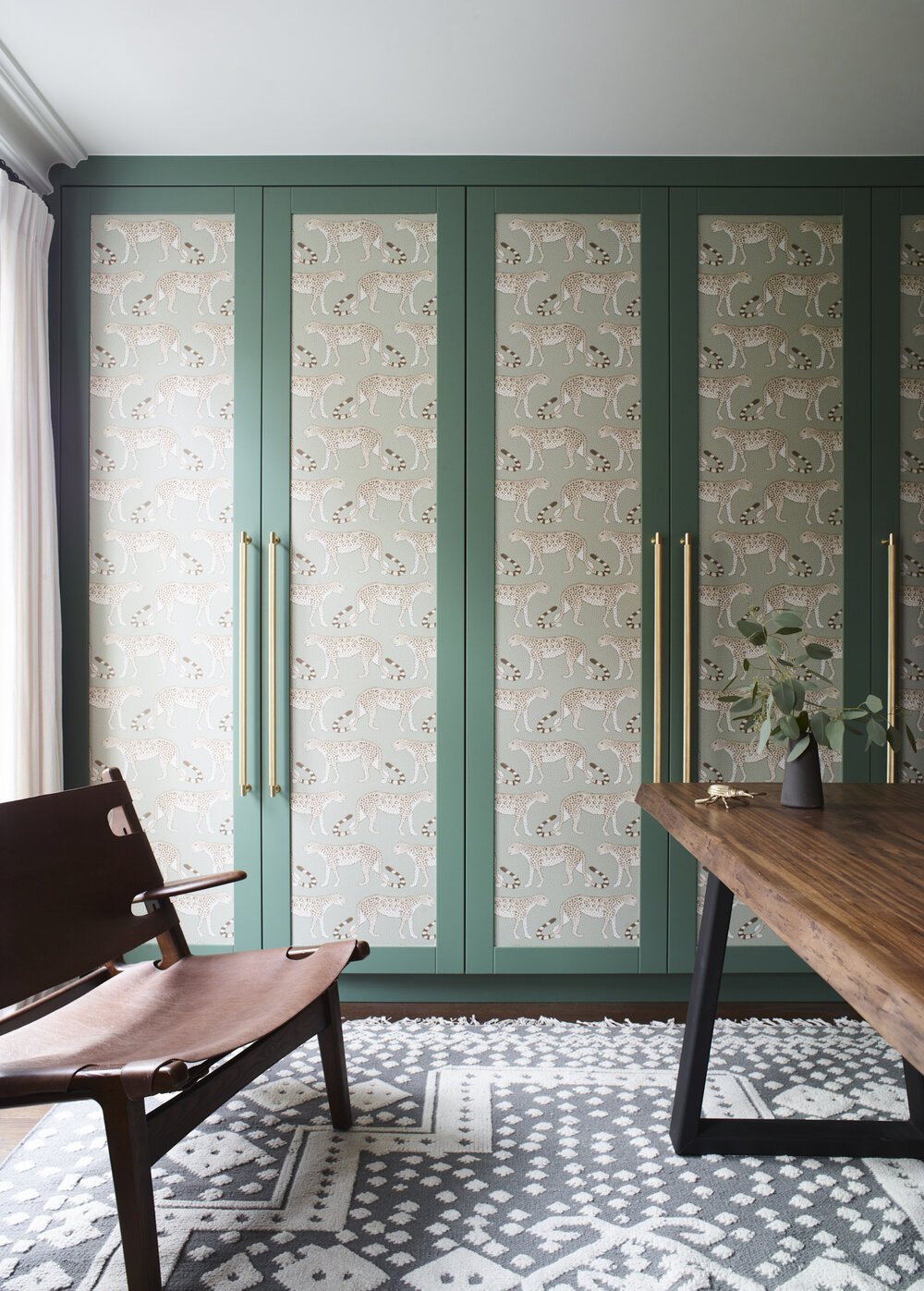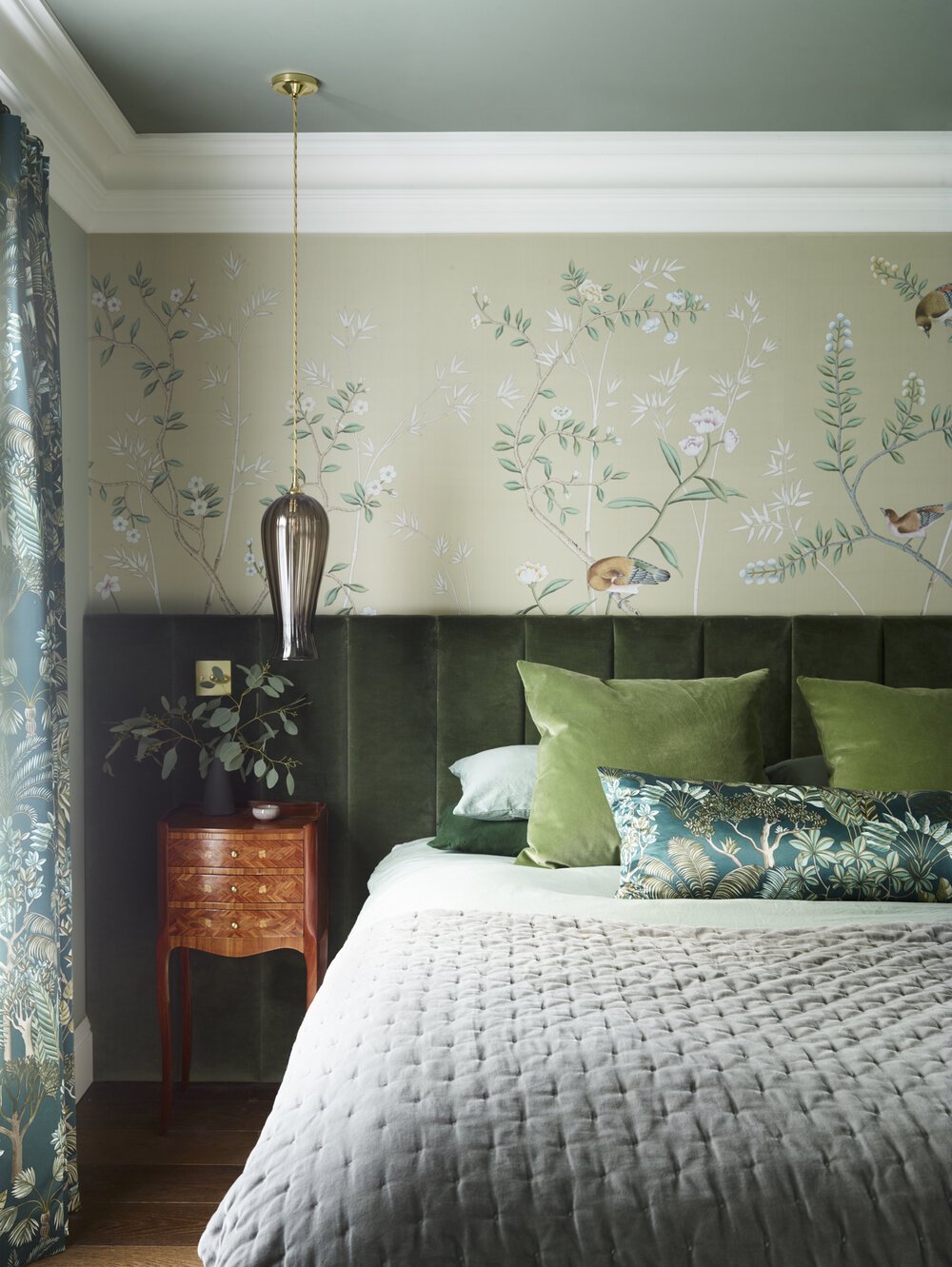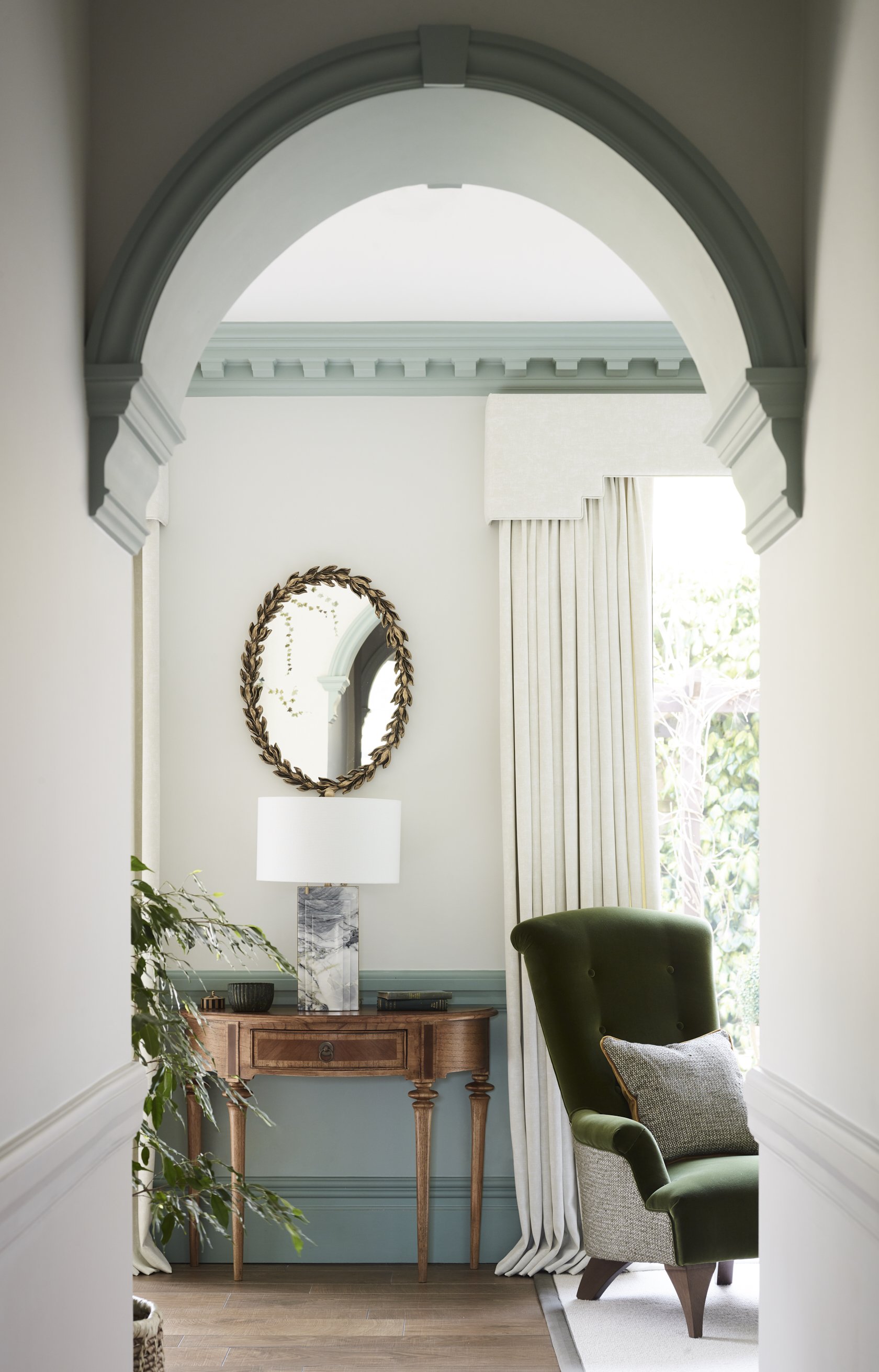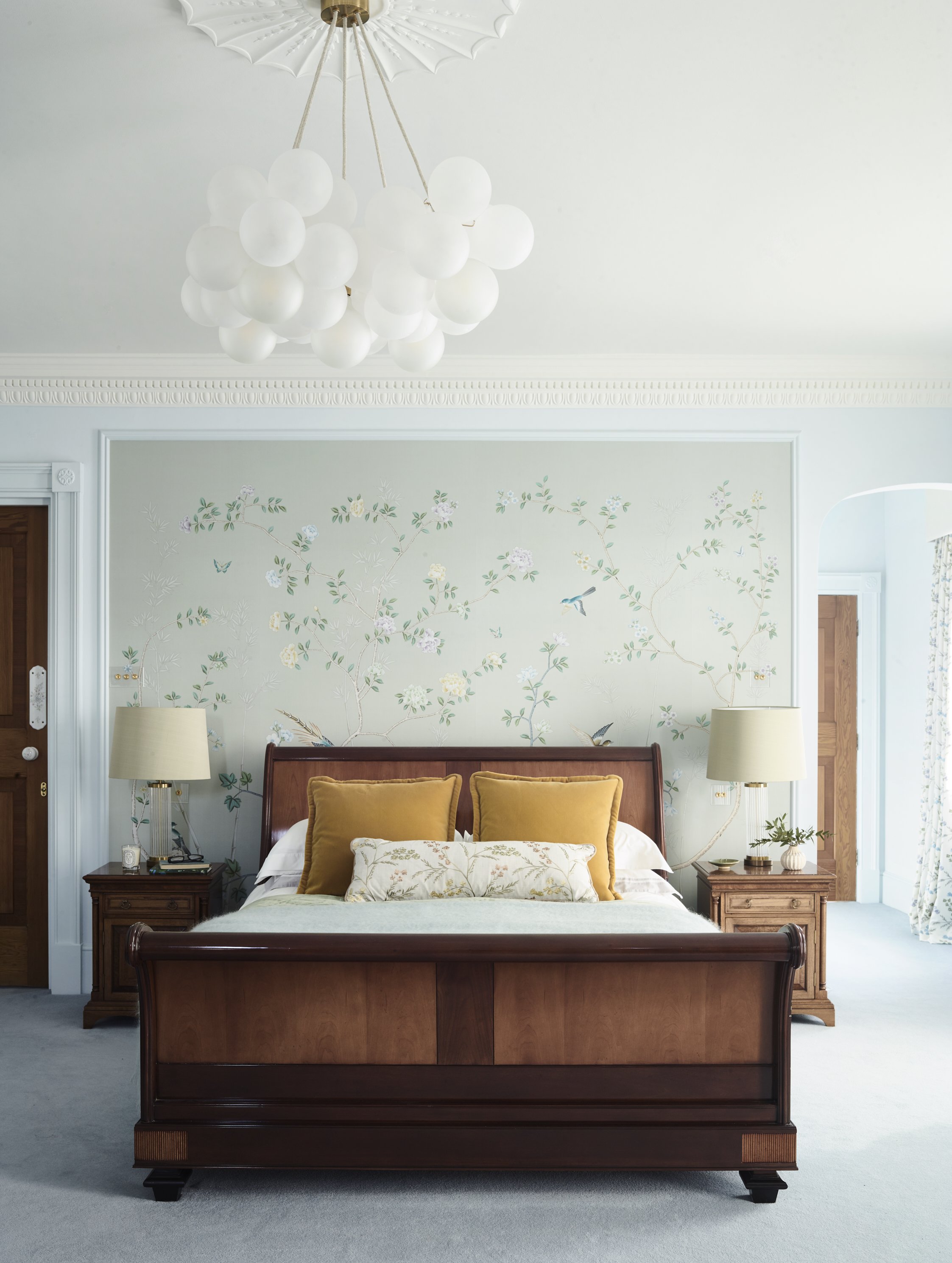The Upsides to Upcycling: How to Make Your Renovation Cleaner, Greener and More Creative
Upcycling is the ultimate rebuttal to a throwaway consumerist culture that values cheap goods and fast trends over the health of our planet. As specialists in sustainable renovations, we are always delighted when clients tell us they would like us to reupholster or refurbish a treasured piece of furniture instead of going straight for a new purchase.
What is upcycling?
Upcycling is the process of taking an old object that has lost its use or value and giving it a second life, transforming it into something that is beautiful and functional. In the world of sustainable interior design, it usually refers to the re-use of antique furniture and reclaimed or salvaged materials. For example, a good-quality piece of wooden furniture could be sanded and restained, repainted, repaired or repurposed completely for a new use.
How it helps the planet
The environmental impact of a home refurbishment can be significant. Upcycling means that an item is diverted from landfill, reducing the ground, air and water pollution associated with these sites. It also means that a new item (the production of which would have carbon costs) doesn’t have to be purchased. An eco-friendly interior designer should steer you towards waste-saving opportunities wherever it’s appropriate for the scheme.
Upcycling v recycling
While recycling involves the total destruction of something in order to produce a new item or material, upcycling is a lighter touch and more creative process that retains the story of the original object. Recycling is certainly preferable to sending something to landfill, but upcycling is usually a more sustainable choice as it typically uses less energy.
Examples of innovative upcycling projects
We employed a lot of upcycling techniques at our Seville House project, the sustainable renovation of a period property in Holland Park. We installed a wonderful old fireplace surround that we’d sourced from a salvage yard – constructed in beautiful rose-coloured marble, it needed only a little sympathetic restoration. We also chose a lot of antique furniture and had it reupholstered for an authentic and bespoke feel. Etsy is always a fantastic place to browse for vintage and antique pieces that could be brought back to life with a bit of care and attention.
How upcycling is used in interior design
The temptation for designers can be to think of each project as a blank slate. As eco-friendly interior designers, we aim to consider each and every piece the client already owns to see if we can reuse or upcycle it, before we look at what we’ll be buying new.
Waste in interior design
Unfortunately, it is often easier for interior designers to be unsustainable. Buying or commissioning new items requires less time and research than sourcing vintage pieces and gives the designer a clearer picture of what the project will look like in advance. However, we believe that our planet is worth protecting – and we often find that the use of upcycled pieces gives an interior scheme a much more personal, layered and interesting finish.
Re-upholstering
The frame of a well-made hardwood antique can last hundreds of years, but the upholstery has a much shorter lifespan. English furniture from the 18th and 19th centuries, which was often constructed from walnut, mahogany and oak, has held its aesthetic appeal and value over the years. Although good-quality reupholstery can seem expensive, it’s worth investing in preserving these pieces so they can be used and enjoyed by generations to come.
Thornfield House
The owners of Thornfield House came to us because they were particularly interested in sustainable interior design. We chose to reuse literally every piece of furniture the clients owned, only ‘filling in the gaps’ where new pieces were actually needed. Everything was lovingly reupholstered in beautiful, natural fabrics like linen and wool in order to give the pieces a fresh new look and incorporate them seamlessly within our design scheme.
Upcycling can be a great way to reduce the environmental impact of your renovation, breathe new life into the pieces you love and create a space that feels unique to you. If you’d like to speak to an expert about how you could use your existing furniture in a new interior scheme, please get in touch.


